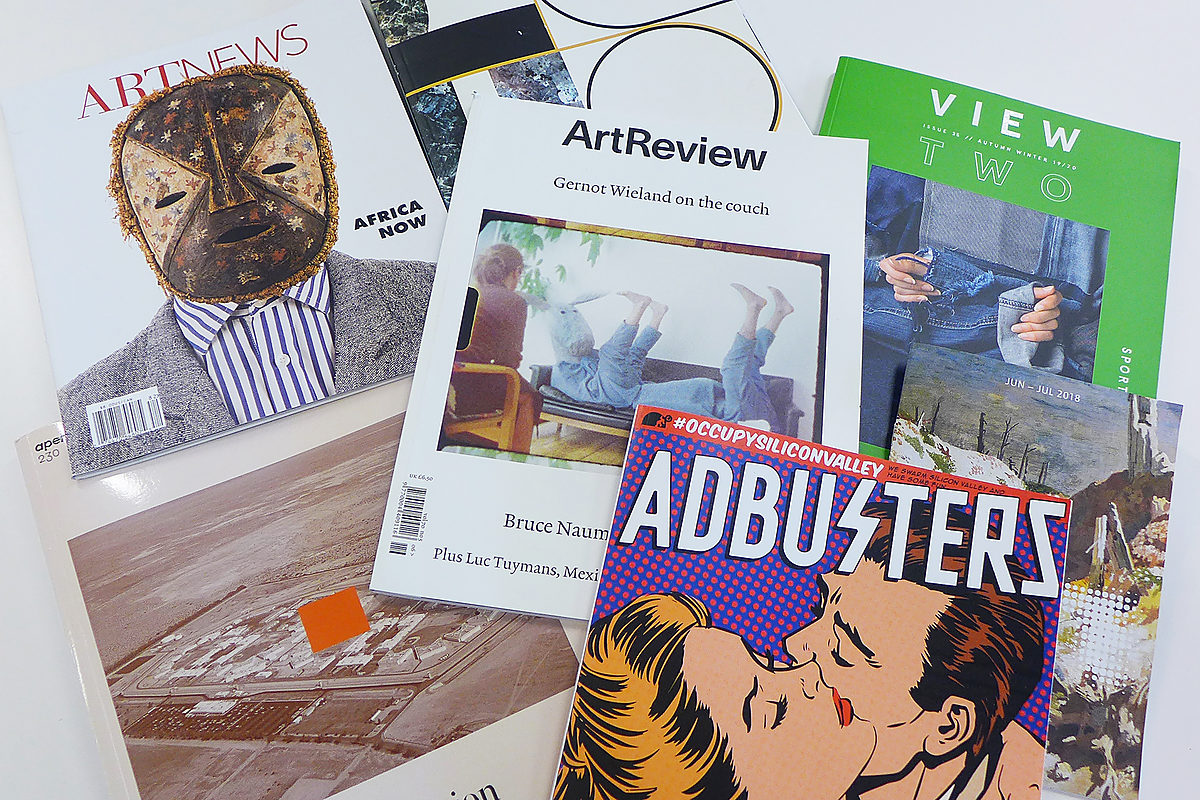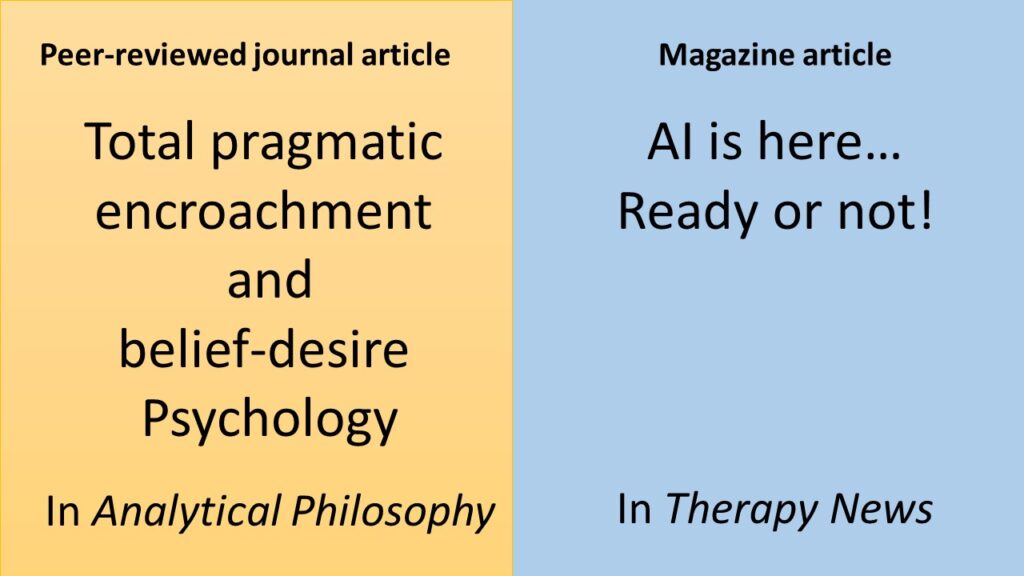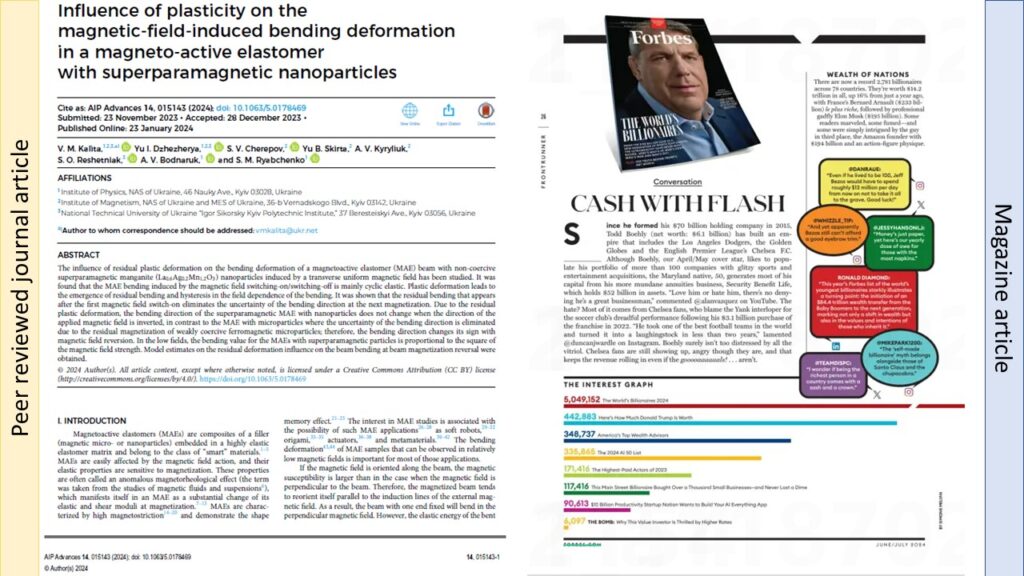Ol korrect?

It would take a librarian to spot this, but as with the old EBSCO Discovery Service, a few magazines have sneaked into the “peer-reviewed journals only” results and some peer-reviewed journals have been appearing when we tried to look for “magazines” as a publication type. It is very difficult for EBSCO (or anyone else) to overcome limitations in publisher descriptions for their content but it does mean you need to still keep your wits about you if you only want to ever look at peer reviewed content.
This is not to say that magazine articles are not valuable. The most useful publication types vary by subject. In science, academic journals rule supreme, design relies more on image rich magazines to communicate what’s hot and happening right now in a world where an image truly saves a thousand words, while in computer science and engineering, conferences tend to be where the latest research gets shared, years before it makes it through peer review. It is just that, depending on your assignments, you might want to make sure you can easily tell the different publication formats apart.
How to tell a magazine article from a peer-reviewed journal article
You can always ask a librarian whether a publication is peer reviewed but there are always clues. Here are a few rules of thumb to follow. Compare this peer-reviewed academic journal article and this magazine article.
Fun factor
Bright glossy images, particular a face pic of the author, scream “magazine”. Austere blocks of never ending text suggest peer reviewed journal content. With that said, the EBSCO Discovery Service sometimes includes only the text of magazines without the glossy pictures, so this may not be a reliable guide. If it is in PressReader or graces the shelves of a newsagent, it’s a magazine. Peer-reviewed academic journals eschew fun things in favour of text and charts elucidating complex data. If you are reaching for AI tools to turn an article into something you are prepared to read, it is likely peer-reviewed academic content.
Title length
The more formal the article and journal titles, the more likely they belong to a peer reviewed journal and not a magazine. The essential test is to ask yourself if you would expect to find it in a waiting room or at the hairdressers. If you would, it is a magazine, if not, probably an academic journal. Depending on your hairdresser, of course…

Article length
Longer articles (10+ pages) tend to be peer-reviewed. If an article is just 2-4 pages long, it almost certainly comes from a magazine unless it is specifically labelled as a letter or micro-article.
Number of references
A handful of references or fewer indicates a professional magazine. Many references suggest an academic journal article.
If you are looking for one type of article or the other and are unsure whether the article(s) you have found is (are) suitable, please chat with a librarian online or pop in and speak to us at the Library Skills Drop-In for advice. We are always more than happy to help.
Hopefully, that will help you distinguish between the latest scholarly research and high-end professional magazines that proffer opinion as established evidence. Both can be valuable in different ways, but depending on how evidence-based your subject is, only one may be deemed suitable for assignments. As always, if doubt, please ask. We’re here to help.
Download a comprehensive guide to the differences
You can download a still more comprehensive guide if you are still uncertain which gives a side-by-side comparison of each element of an article explaining where and how journals and magazines differ.





Leave a Comment (note: all comments are moderated)